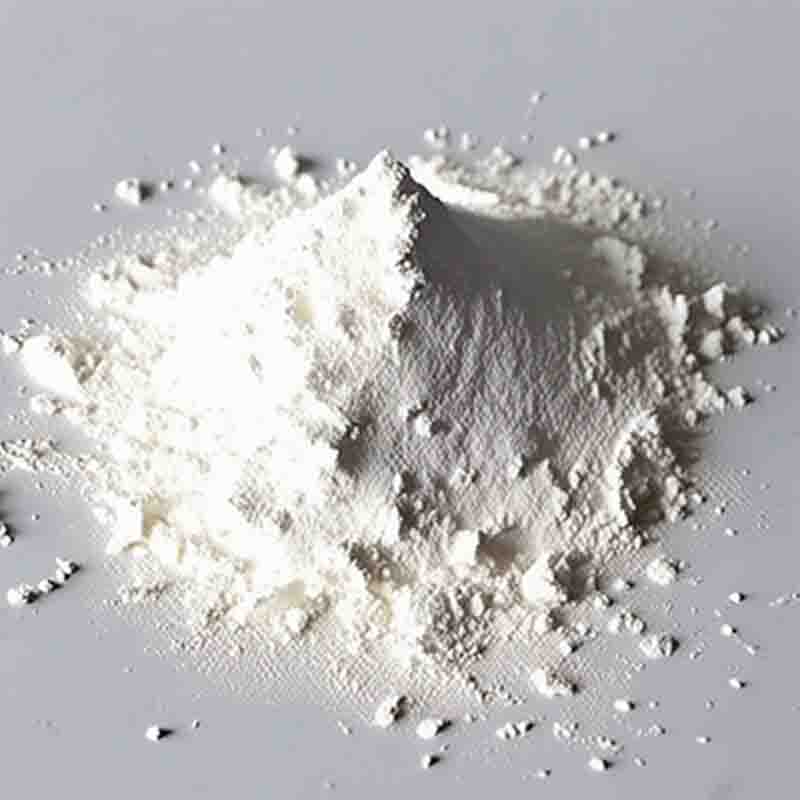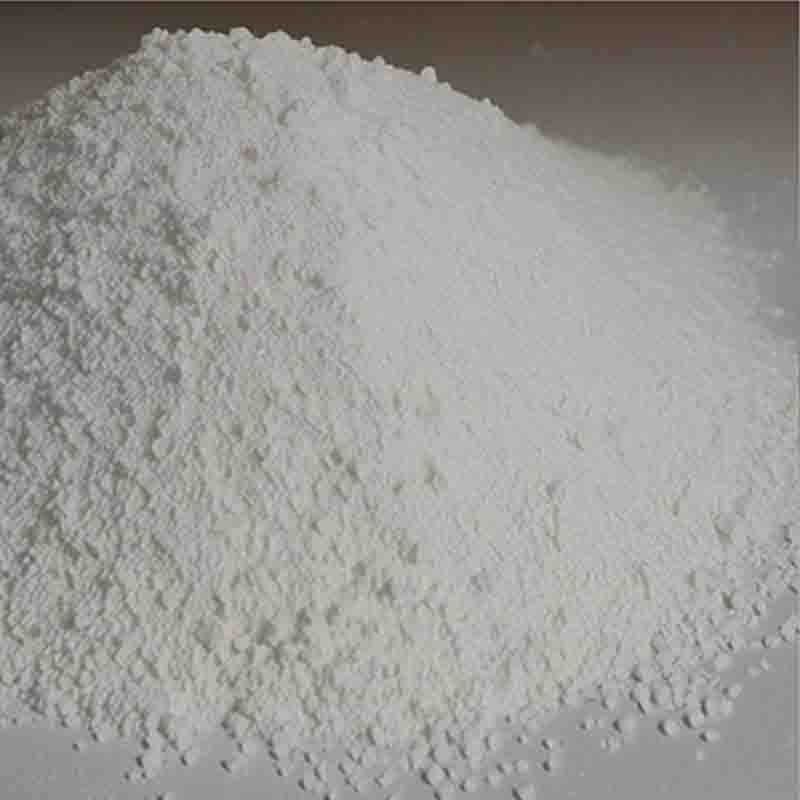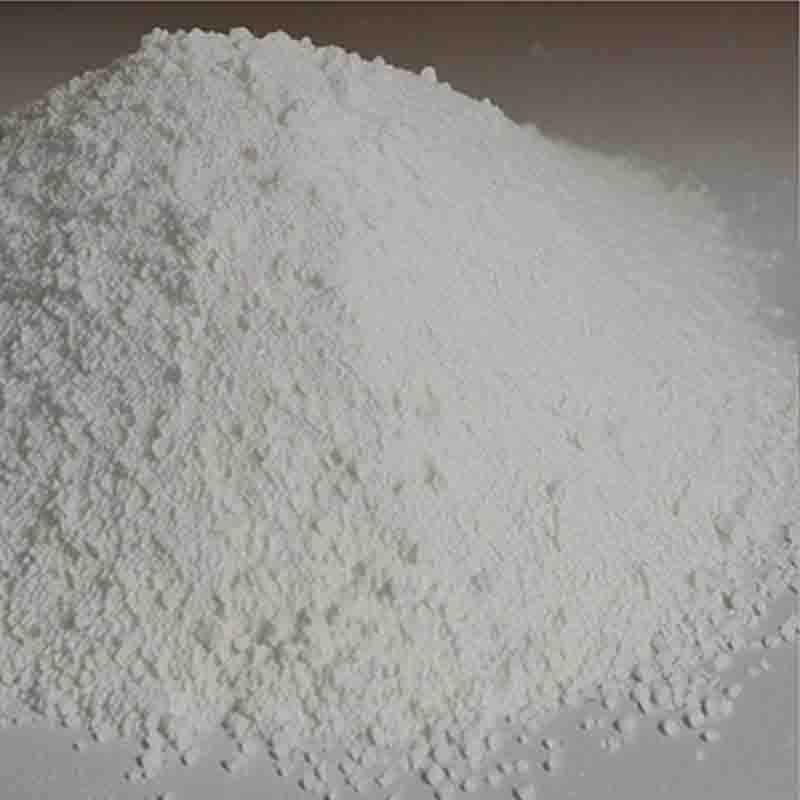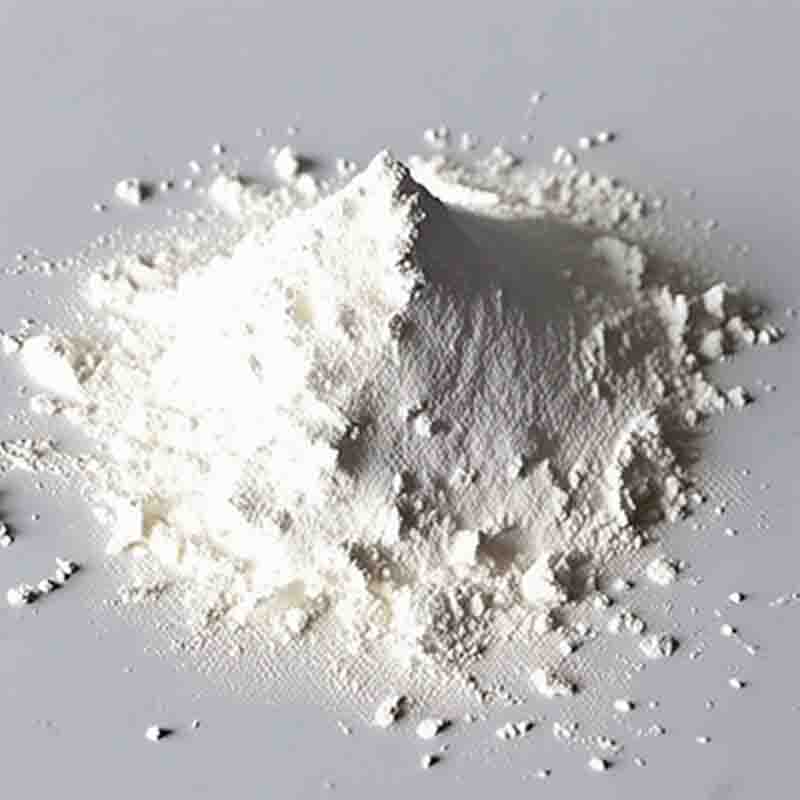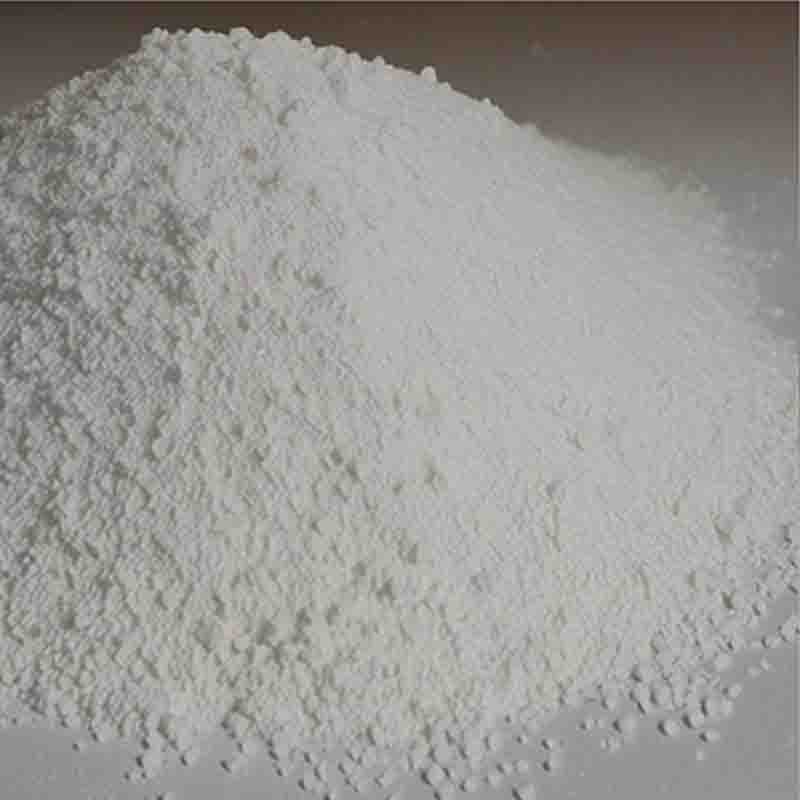2,7-Dibromonaphthalene CAS:58556-75-5
| Catalog Number | XD94767 |
| Product Name | 2,7-Dibromonaphthalene |
| CAS | 58556-75-5 |
| Molecular Formula | C10H6Br2 |
| Molecular Weight | 285.96 |
| Storage Details | Ambient |
Product Specification
| Appearance | White powder |
| Assay | 99% min |
2,7-Dibromonaphthalene is an organic compound that belongs to the naphthalene family, with two bromine atoms attached to the aromatic rings. This compound exhibits several important effects and applications in various fields.One of the primary effects of 2,7-Dibromonaphthalene is its use as a building block in organic synthesis. The presence of the bromine atoms in its molecular structure allows for the introduction of different functional groups and modifications, which are crucial in the creation of new compounds. Chemists can utilize the compound as a starting material to derive diverse products and develop complex organic molecules with specific properties.Furthermore, 2,7-Dibromonaphthalene has been studied for its potential biological activities and applications. Research has shown that it possesses antimicrobial properties and can inhibit the growth of bacteria and fungi. Its effectiveness against a range of microbial strains makes it a promising candidate for the development of antibacterial and antifungal agents. Additionally, this compound has been investigated for its potential use as an insecticide or pesticide due to its pesticidal activity against certain pests.Another significant application of 2,7-Dibromonaphthalene is its use as a reagent in organic reactions. It can participate in various chemical transformations and reactions, such as halogenations, Suzuki-Miyaura cross-coupling reactions, and transition-metal-catalyzed transformations. This compound’s versatility as a reagent allows for the synthesis of a wide range of complex organic molecules, including natural products, pharmaceutical intermediates, and materials with desired properties.Moreover, 2,7-Dibromonaphthalene has been utilized in the field of materials science. It can serve as a building block in the construction of organic electronic materials, such as conductive polymers and semiconducting materials. The compound's electron-withdrawing bromine atoms can alter the properties of these materials, enhancing their conductivity, charge transport, and electronic properties.In summary, 2,7-Dibromonaphthalene exhibits important effects and applications in organic synthesis, antimicrobial research, organic reactions, and materials science. Its versatility as a building block and a reagent allows for the development of various compounds with specific properties. Further research and exploration of its effects and applications are likely to uncover additional potentials in the fields of chemistry, materials science, and pharmaceuticals.


